After struggling for most of 2017 to find common ground, Great Britain and the European Union finally agreed last month to the material terms of their “divorce.” Negotiations will now proceed to discuss the terms of their post-Brexit relationship. Together, the EU document and the guidelines issued days later by the remaining 27 EU leaders severely narrow the path forward for the future U.K.-EU relationship. They also highlight the wide gaps between British political expectations and the almost inevitable outcome of the next round of negotiations.
Mind the gap
British politicians like to frame the choice for future relations with the EU as between soft Brexit (the so-called “Norway model”) and a free trade deal (the so-called “Canada model”). In reality, given the decision to accept both full alignment of EU rules and regulations in order to avoid creating a “hard border” between Northern Ireland and Ireland—the only point where mainland U.K. will continue to meet the EU—the choice is not between Norway and Canada. It is between Norway and no deal at all. The most dangerous risk to British political stability in 2018 will be the political and public reaction once this stark reality becomes clear.
Hardline Brexiteers, including U.K. Minister for Departing the EU David Davis, remain in denial. Davis publicly continues to favor a future with Europe modeled on the Canada free trade agreement. This Canada structure would represent a relationship based on international laws—including those overseen by the World Trade Organization—as a starting point, rejecting deference to EU law entirely. Davis calls his optimal outcome “Canada plus plus plus.”
The alternative “Norway minus” model accepts EU law as the starting point for the future relationship. Under this model, the U.K., having renounced its EU membership, would nevertheless be allowed continued access to the European Single (Internal) Market and Customs Union. However, it would be required to accept many of the most politically controversial strictures of the EU, including, crucially, the “four freedoms”: free movement of goods, people, services, and capital across borders.
Under Davis’s vision, the U.K.’s Brexit journey begins in Brussels (the status quo, EU membership), transitions through Norway (the U.K. retains access to the Single Market and Customs Union) and ends up in Canada (the U.K. sets its own course and maintains access to EU markets, while avoiding the EU’s most onerous requirements for doing so). Last month’s agreement makes it clear that Davis’s vision is largely fantasy.
Though not widely acknowledged, based on the existing documents about agreements already reached, the U.K. has agreed that come March 30, 2019, it will be subject to all of the rules, institutions, and requirements of the EU, but without the right to influence them. For a transition period expected to last through at least December 31, 2020, the U.K. will become a Norway style “rule taker.”
Reconciling the irreconcilable
What have been some of the thorniest negotiation issues to date?
First was the U.K.’s agreement to continue to pay upwards of £40 billion (and possibly far more) into the EU budget through at least the end of 2020.
This issue was non-negotiable for the EU, and failure on this point would have effectively concluded the negotiations before they began. Faced with reality (and threats, including that British planes would no longer be allowed access to EU airports)—in spite of having rejected these claims with harsh rhetoric (“extortion”) only months earlier—the British ultimately agreed to continue making required payments (in euros, leaving no doubt about the power dynamics). So, even the British hardliners demonstrated a pragmatic willingness to jettison objections to previous taboos, recognize political reality, and climb down from popular, but untenable, positions.
Second was the U.K.’s agreement to avoid re-imposing a hard border between Northern Ireland and Ireland, and further agree to “full alignment with those rules of the Internal Market and the Customs Union” between Northern Ireland and Ireland. Negotiations were contentious: not just between the U.K. and the EU, but largely within the British government. The EU position remained largely static, starting from the premise that there was no way of preventing a hard border in Ireland without Northern Ireland remaining de facto aligned with the EU. In the end, it was up to the British to come around to largely accepting the EU’s position.
The language here was more nuanced, but ultimately almost scuppered the talks, given the inherently contradictory positions. In the end, with the U.K. and its negotiating partners needing a politically expedient way to allow negotiations to proceed, they agreed to an EU staple, constructive ambiguity. The agreed upon linguistic fudge achieved that, but the ambiguities will still need to be resolved. When they are, the implications of what has already been agreed will become clear.
The key phrase was:
“[i]n the absence of agreed solutions, the United Kingdom will maintain full alignment with those rules of the Internal [Single] Market and the Customs Union which, now or in the future, support North-South cooperation, the all-island economy and the protection of the 1998 [Good Friday] Agreement (GFA).”
That language virtually assures that any negotiated outcome will proceed on the Norway path. The agreement on Northern Ireland relies on a baseline for the future relationship that specifically requires “full alignment” between the U.K. and the EU—as such, there is not much room to negotiate.
That language virtually assures that any negotiated outcome will proceed on the Norway path.
Only one way out
While acknowledging the risks of using logic to predict outcomes of international negotiations, the Brexit talks can be viewed as a syllogism:
Premises:
- The Irish/EU and the U.K. have agreed that there should be no hard border between Ireland and Northern Ireland.
- The requirement for “full alignment” between Northern Ireland and Ireland (which is a member of the EU and bound by its rules) extends not only to matters of trade, but also to “support North-South cooperation, the all-island economy and the protection of the [Good Friday Agreement].”
- Ireland retains its “veto” over future trade relations between the U.K. and EU. Given their economic and political interests, they will ensure this commitment is kept in any final deal.
- No current or future British prime minister would be willing to reintroduce a hard border across the Ireland/Northern Ireland border, which would undermine the 1998 Good Friday Agreement, which ended 30 years of violent conflict between Protestants and Catholics.
- Support of the Democratic Unionist Party (DUP) in Northern Ireland provides Theresa May with her parliamentary majority. The DUP extracted a commitment that there will be no border between Northern Ireland and the rest of the U.K. They maintain that any “special status” for Northern Ireland from that of the U.K. as a whole, including proposed joint authority between Dublin and London, would violate the GFA’s “principle of consent.”
- Language already agreed commits the U.K. to maintaining the Single Market and Customs Union between Northern Ireland and Ireland.
Conclusion:
- If Northern Ireland must remain in “full alignment” with the EU, including participation in the Single Market and Customs Union, and if there can be no gaps between the U.K. and Northern Ireland, then it stands to reason that the only negotiated outcome could be a long term relationship based on Norway.
Crucially, if a majority of the British government and public continues to deny this, then the likeliest outcome for 2018 will include a British political crisis, including possibly new elections. Alternatively, British political intransigence and miscalculation could raise the likelihood of the no-deal scenario, posing far greater risks to British and European stability. Some have said that “no deal is better than a bad deal,” but it isn’t. No deal would represent failure of the British to understand the weakness of their hand and would risk negative impacts on all parties, disproportionately to the U.K.
Some have said that “no deal is better than a bad deal,” but it isn’t.
The politics outlook
In their negotiating guidelines, EU leaders “took note” of the U.K.’s stated intention to ultimately exit the Customs Union and Single Market following transition (code for “not going to happen…”). Let’s hope that the British government will increasingly focus on shifting domestic political expectations to smudge and then erase politically charged redlines, similar to what happened around British payments to the EU.
The best outcome for the next round of talks would be an easing of British expectations from Canada to Norway. This will not be easy, given that it would represent a defeat for hard Brexiteers. In their place, moderates (from all major British parties, who recognize the impossibility of reconciling irreconcilable positions) would need to be empowered. Time constraints are daunting.
The most likely next catalyst for political crisis in the U.K. is during the first quarter of 2018, when the U.K. is required to “translate faithfully into legal terms as quickly as possible” the terms of the December agreement in order for negotiations to proceed. This would require a level of U.K. political acceptance that currently seems beyond reach of the May government. The effort will likely highlight fissures within the British government that could undermine already-weak support for Prime Minister May, and lead to a political crisis and possibly even new elections.
A new election in 2018, as the clock ticks towards a March 2019 Brexit, would be highly disruptive and would box in British negotiators even further, regardless of the outcome. Even a Labour victory would not imply a shift away from Norway. Labour leader Jeremy Corbyn deeply distrusts the EU, so a Labour victory would be unlikely to reverse the Brexit decision outright. It would, however, probably yield greater willingness to embrace the Norway model for an extended period.
Alternatively, if a new election gave a renewed mandate to the Conservatives, the campaign would expose internal party fissures between the pragmatists and hardline leavers. Were the Tories to shift to a more moderate stance, a new mandate would thus result in a Norway model for the foreseeable future. Should the party shift even further to a hardline position, maintaining unrealistic promises that cannot be kept, the likeliest outcome would be a no-deal scenario—not a Canada deal.
The other puzzle pieces
To some degree, this binary outcome—Norway or no-deal—limits the uncertainty for financial institutions, investors, and others considering whether to remain or leave London; choices that will likely need to be made in the new year.
A soft Brexit, based on Norway, means the least economic and financial disruption. Although permanent Norway status seems unlikely to satisfy anyone, it might be the best economic, financial, and commercial outcome (outside of complete reversal). But optimists be warned: This outcome would fail to address the British people’s strong desire to control free movement of people across their borders. It is this single issue that remains perhaps the most resonant reason the British voted to leave the EU in the first place.
However, concerns about migration, from within and outside the EU, are not limited to the British, but rather pose concerns across the continent. At some point, the EU will need to tinker with its policies on the free movement of people more broadly. Europe’s two strongest leaders, Emmanuel Macron and Angela Merkel, among others, have already raised the possibility of creating a “multi-tier” Europe, wherein core eurozone countries pursue the ever-deeper relationship at the heart of EU treaties, while creating a second tier membership offering greater flexibility and national latitude. Europe already includes fragmented groups of countries unwilling or unable to adopt all EU rules (the Schengen Zone, Euro membership, and others).
Should the EU pursue the multi-tier route, the U.K. could eventually become a core member of the outer tier, allowing it to address the political imperative to retain a degree of sovereignty over its borders, while continuing to benefit from the Single Market and Customs Union. A formal multi-tier structure could be a decade away—or it might never happen. Ironically, had the U.K. voted to remain in the EU, focus on deeper integration of the eurozone would have continued, leading to a greater likelihood of a multi-tiered EU in any case. That could have resulted in the U.K., among others, evolving into some form of “associate membership,” but from inside the EU tent. In time, historians may judge that a more patient approach might have delivered on many of the UK’s reasonable concerns.
Options for the U.K. are limited. The country is in political denial over the stark choices its leaders have already made in order to reconcile otherwise irreconcilable positions. Short of reimposing a hard Irish border or reversing the Article 50 Brexit withdrawal entirely, the remaining choice is not between Norway and Canada, it is between Norway and no-deal. A majority of British voters and politicians understandably reject the no-deal option. British politicians and others should seek to normalize the Norway option, giving negotiators the chance to work towards a smooth future relationship. British and EU negotiators could then spend their collective energies developing the framework for a multi-tier EU that addresses the underlying issues that led to the UK’s ill-fated referendum in the first place.
The Brookings Institution is committed to quality, independence, and impact.
We are supported by a diverse array of funders. In line with our values and policies, each Brookings publication represents the sole views of its author(s).

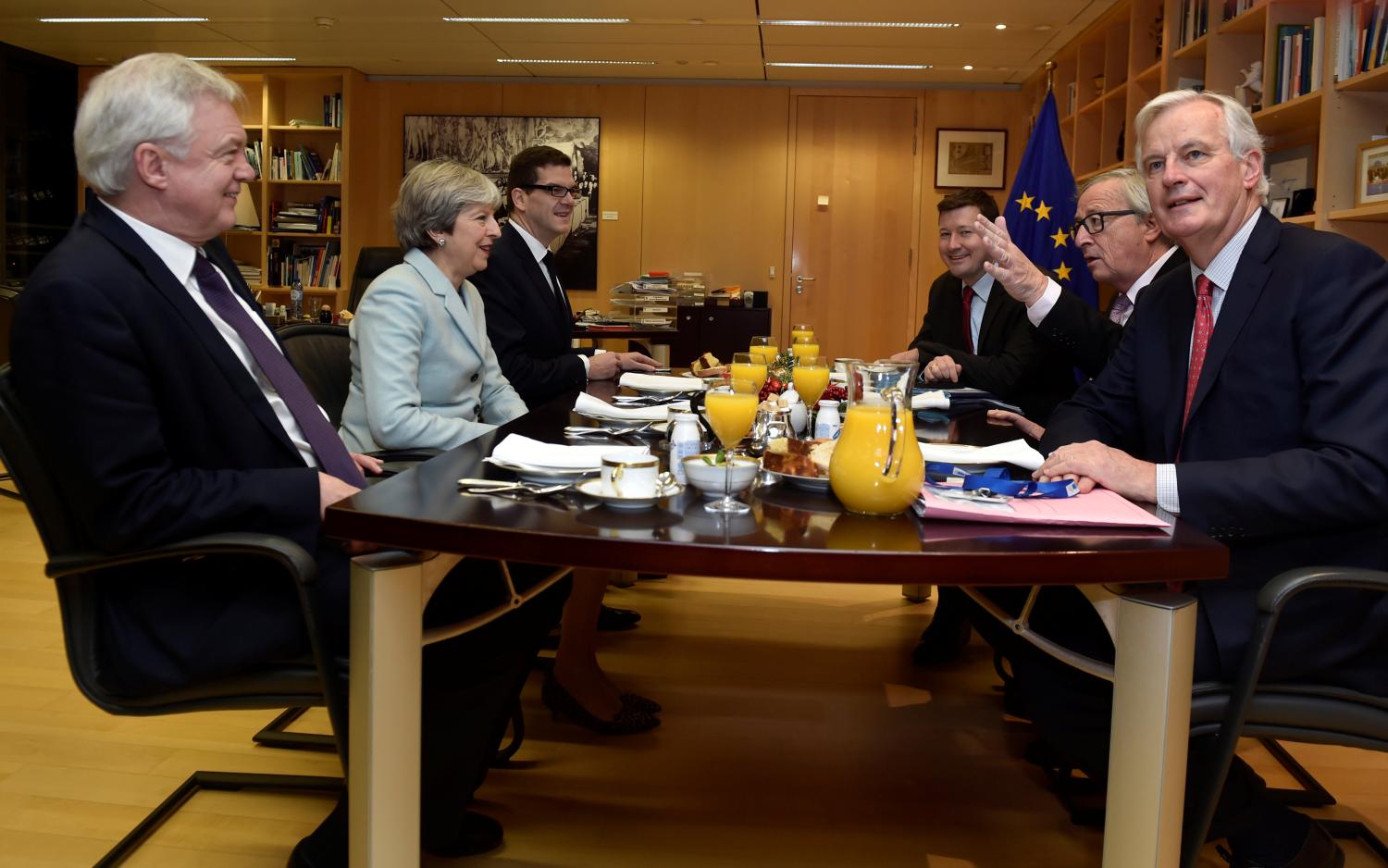

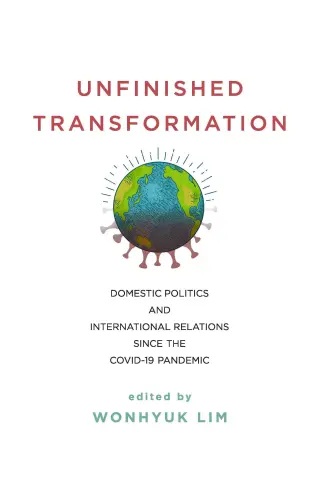
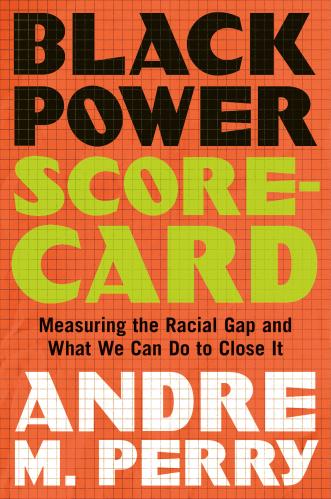
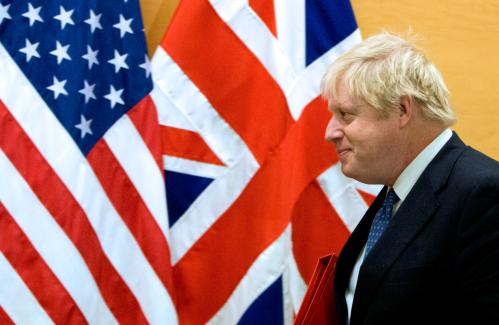
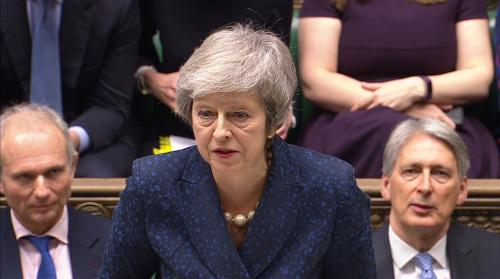
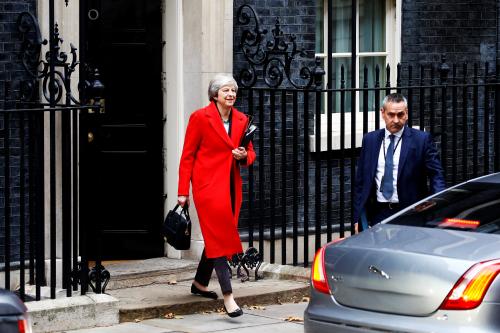



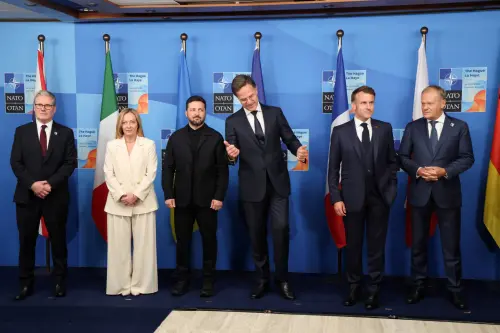
Commentary
The Brexit options, explained
January 5, 2018